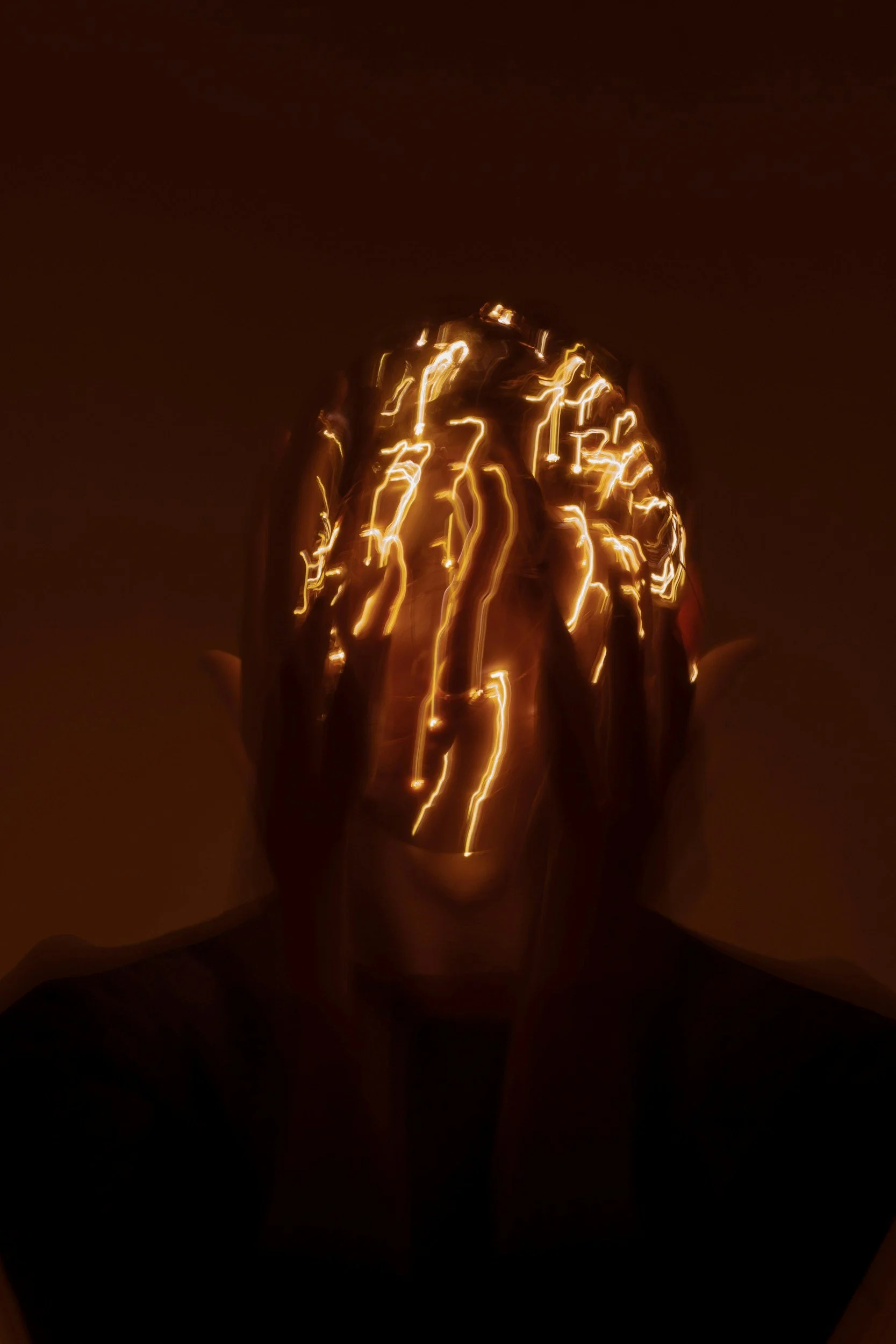Experienced Insights and Resources
What is Anxiety, Anyway?
Anxiety results from our prehistoric brain’s efforts to keep us safe from danger. Like fish, reptiles, birds, and other mammals, when we sense a threat, our brains automatically create one of three responses: flight - the urge to escape, fight - aggression, or freeze - playing dead by becoming still and vigilant.
Let’s look at how it works a bit more.
We use five senses to receive information which enters through our cerebral cortex: the “thinking” part of our brains that make us human. Information travels to the amygdala - located deep in our brains. We share this brain structure with our evolutionary ancestors: fish, reptiles, birds, and other mammals. So it’s no surprise we humans also fight, flight, or freeze when threatened.
But anxiety is not fear. Pittman and Karle (2015) explain: “Fear and anxiety differ. . . in that fear is typically associated with a clear, present, and identifiable threat, whereas anxiety occurs in the absence of immediate peril” [italics mine] (p. 2).
Put another way, most anxiety is caused by the thoughts created in one part of the brain (the cerebral cortex) triggering another part of the brain (the amygdala).
The amygdala - which we share with other vertebrates - can’t tell the difference between something frightening in our environment or in our head; it does fight/flight/freeze regardless.
Because of the cerebral cortex’s ability to think, imagine, create associations, and emotions, humans respond to two varieties of threat: external (a charging tiger) and internal (the danger we create in our minds). Both varieties activate the amygdala, activating the fear response.
Our ability to create threats in our minds is useful - sometimes. For instance, there is nothing inherently hazardous about the act of standing under a tall tree in a field, so our fear response does not need to engage. However, if our cerebral cortex has information that during thunderstorms lightning will likely strike the tallest object in the area, we run inside pretty fast when it thunders. This is how our brain’s ability to imagine keeps us alive.
At its most fundamental, anxiety is our brain’s ability to scare itself. Teaching our brain to think differently can significantly reduce anxiety, but it takes a lot of effort to unlearn the old way of thinking. Fortunately, we have several evidence-based treatment therapeutic models to help, notably ERP (Exposure Response Prevention), CBT (Cognitive Behavioral Therapy) and DBT (Dialectic Behavioral Therapy).
If you or someone you love struggles with anxiety, I recommend searching for a therapist specifically trained in one or more of these treatment models. I’ve listed some resources below
Psychologist Locator tool provided by the American Psychiatric Association
Find a Psychologist tool provided by the National Register of Health Service Psychologists
You can’t unlearn anxiety, but you can relearn safety
No one is born anxious; babies have fear reactions, but they don't create a habitual fear response to imagined threats. Anxiety is a learned mental behavior.
Okay, so the solution is easy, right? Tell your cortex the threat is unfounded and the anxiety will disappear. Unhelpfully, we try to allay another person's anxiety: "Oh! You'll be fine! X can't hurt you!"
Alas, brains don't work that way. Our brains do not "unlearn." They learn something new which eventually changes the error. Learning is a process of building understanding through the brain's making meaning of experience over time. That's why it's so difficult to correct yourself if you learn someone's name wrong.
Brains create and heal anxiety in the same way - by making meaning of experience over time. So if real or imagined fearful situations create anxiety, intentionally corrective experiences reduce it. Over time, the brain builds an understanding of safety to replace the original anxiety-producing perspective*.
Keeping in mind that anxiety is a fear response to an imagined threat, convincing the brain of its actual safety requires repeated interaction with the fear-inducing trigger with conscious awareness that the danger is imagined. More succinctly, neutralize anxiety by doing whatever terrifies you while you tell yourself you're okay.
And there's the rub - we logically avoid doing what terrifies us. Each time we imagine our triggered fear response, we reinforce it, increasing our anxiety over time. So, it takes motivation and courage to intentionally engage with one's trigger.
Anxiety is "rewired" in courageous baby-steps. Anxious learners and their team need enormous patience and trust in the process. Over time, by learning something new, our brains can and do reduce anxiety when we bravely lean into it.
“Over the last four years I have been working with an incredible, compassionate learning specialist, Ann Spencer, who was truly integral to my success in college and ultimate graduation. If students felt they wanted sustained executive function/anxiety help, during and/or beyond the school year like during the summer, Ann would be a wonderful person to contact.”
Morgan



